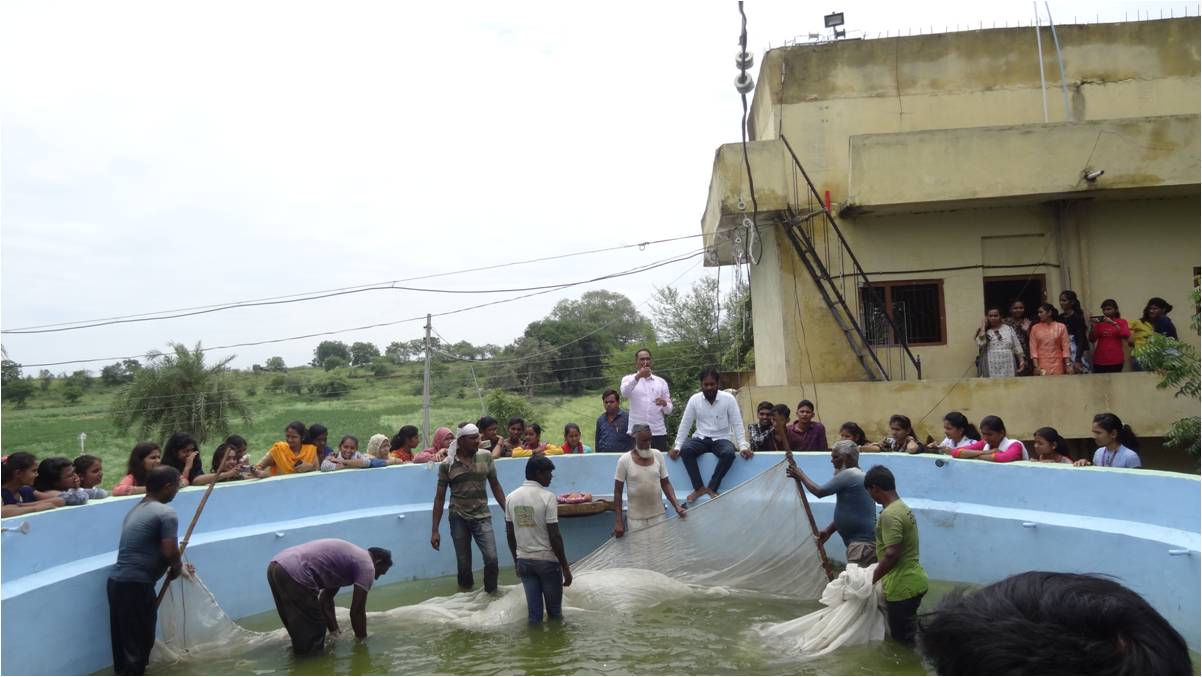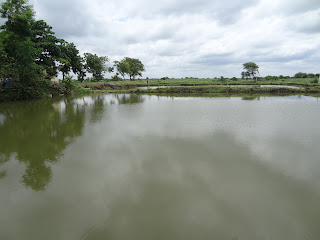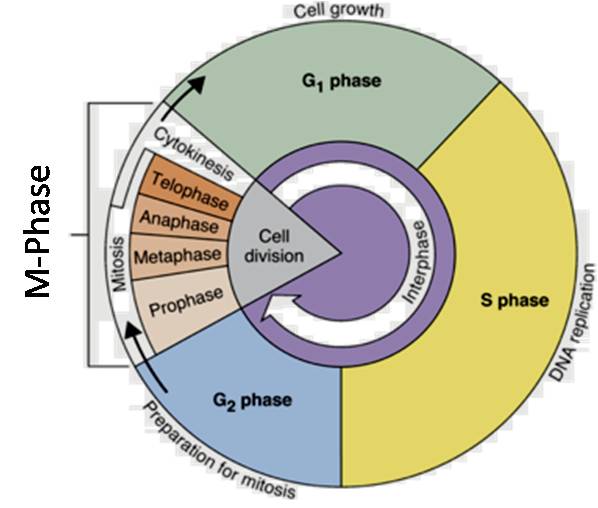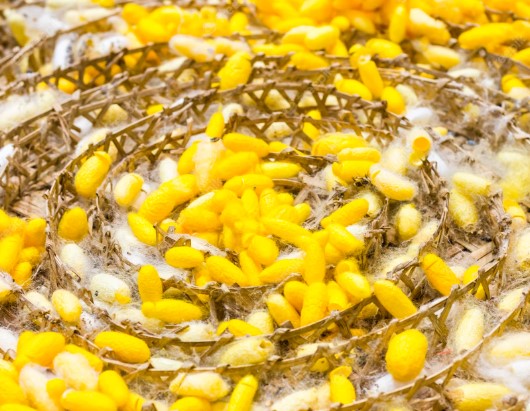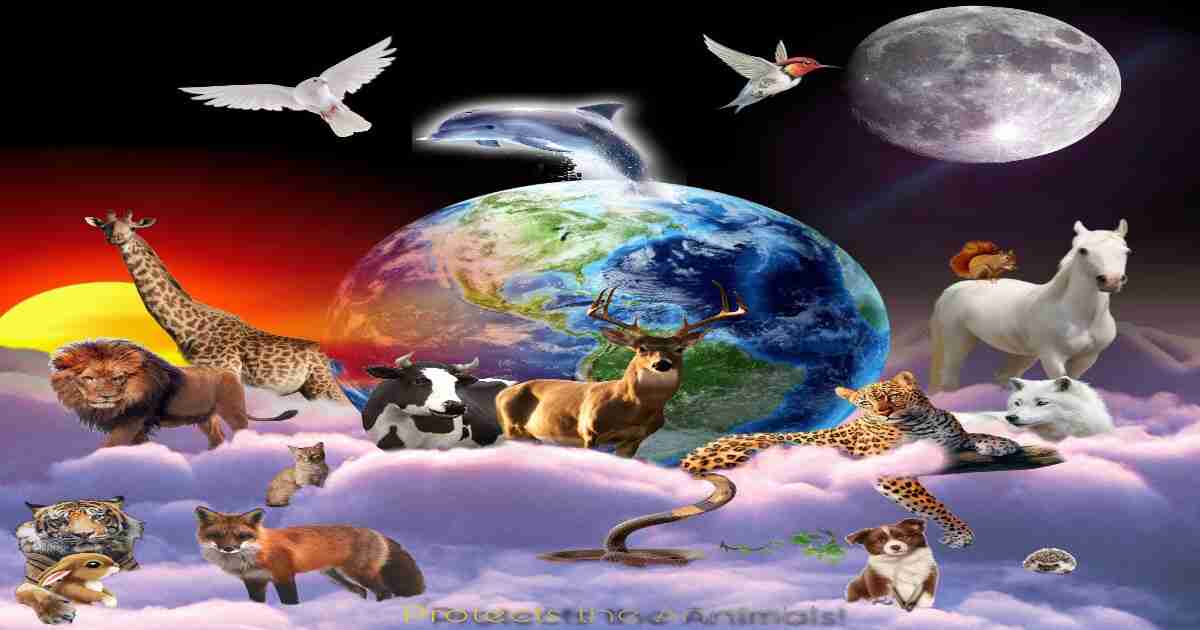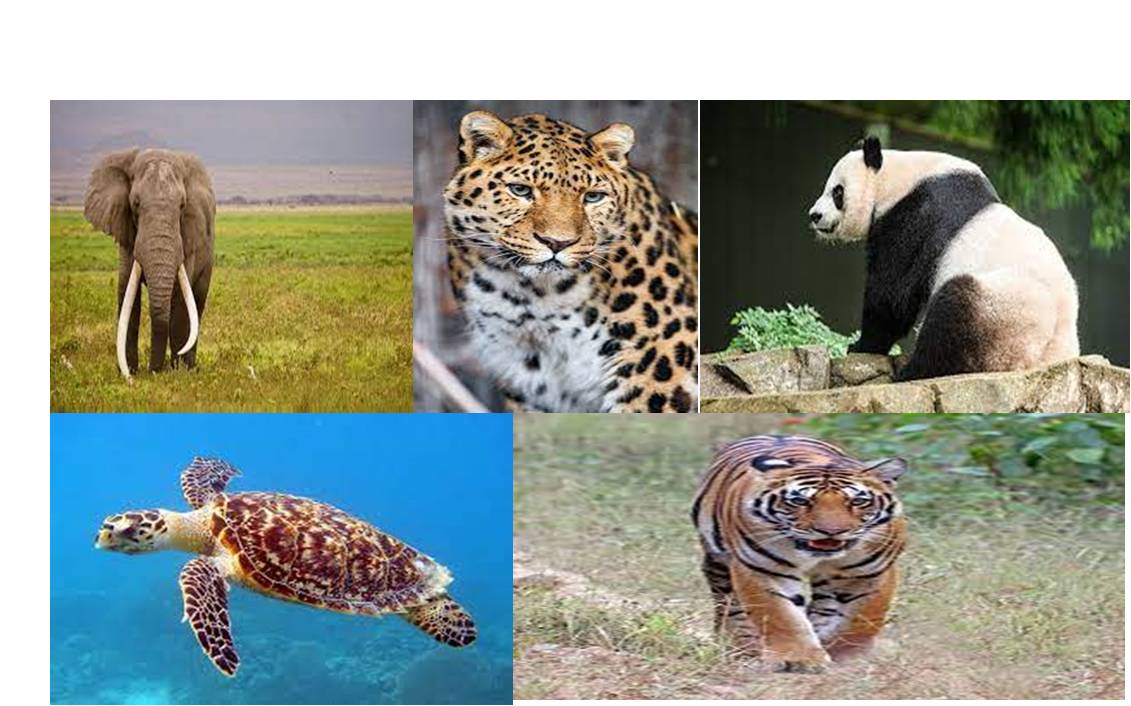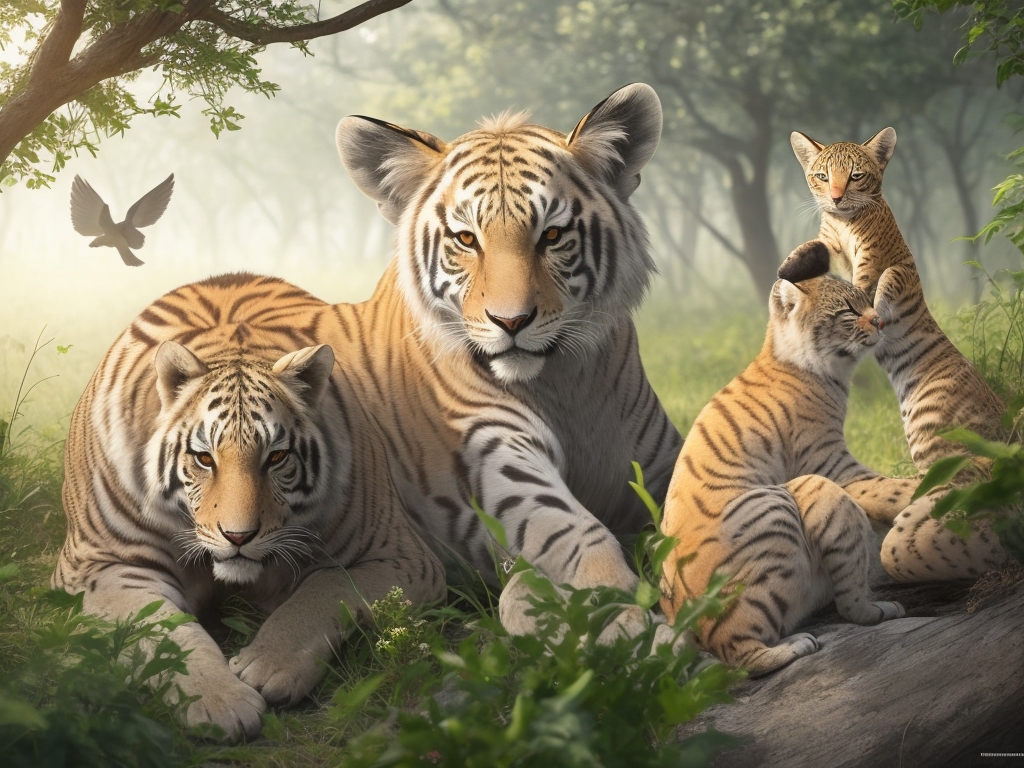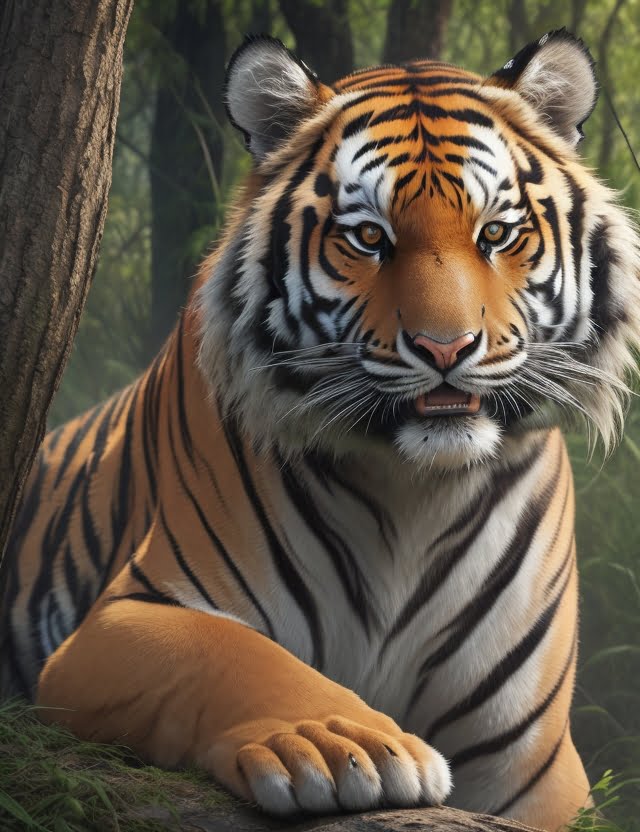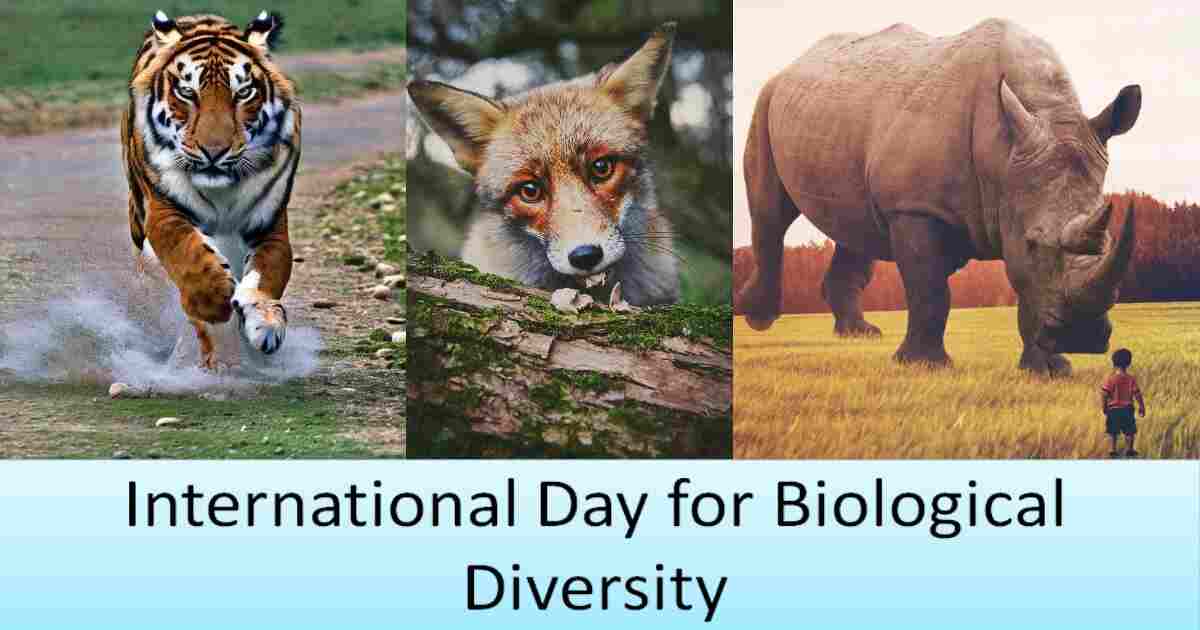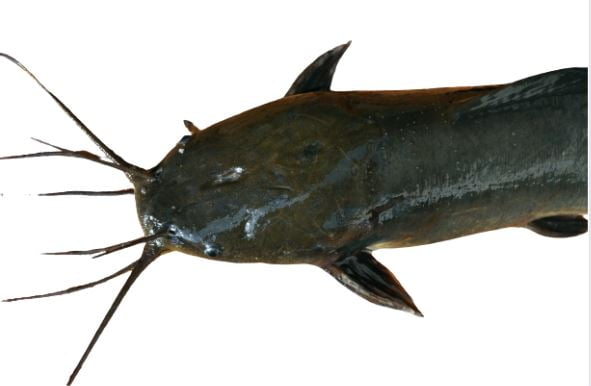Animal Diversity: Protecting animal diversity is critical, especially as our environment faces constant change. It’s a complex issue, but here’s a breakdown of why it’s important and what we can do?
Animal Diversity
Animal diversity is truly remarkable. There are estimated to be between 3 and 30 million different animal species on Earth, each with its own unique adaptations that allow it to thrive in its specific environment. Scientists have classified animals into different groups based on their shared characteristics, such as body structure, embryology, and genetics.
Animal diversity is important for the health of our planet. Different animal species play different roles in ecosystems, and the loss of any one species can have a ripple effect throughout the entire ecosystem. For example, pollinators like bees and butterflies are essential for the reproduction of many plants. If these pollinators were to disappear, it would have a devastating impact on plant life and the food chain.
We all have a responsibility to protect animal diversity. There are a number of things that we can do to help, such as supporting conservation organizations, reducing our consumption of animal products, and making choices that are sustainable for the environment.
Challenges to Animal Diversity
Animal diversity faces several challenges globally. Let’s explore some of the significant threats and issues:
Habitat Destruction: Habitat loss poses a substantial threat to biodiversity worldwide. As natural habitats are destroyed due to human activities (such as deforestation, urbanization, and agriculture), many animal species lose their homes and struggle to survive.
Climate Change: Global warming adversely affects biodiversity. Changes in temperature, precipitation patterns, and sea levels impact ecosystems and disrupt animal habitats. Species may struggle to adapt or face extinction.
Invasive Species: Invasive species, introduced outside their native range by human activities, can outcompete native species, alter ecosystems, and threaten local biodiversity. They disrupt natural balances and often lack natural predators.
Overexploitation: Excessive hunting, fishing, and harvesting of animals for food, medicine, or other purposes can lead to population declines and even extinction. Sustainable management is crucial to prevent overexploitation.
Pollution: Pollutants, such as chemicals, plastics, and heavy metals, harm animals and their habitats. Water pollution affects aquatic ecosystems, while air pollution impacts terrestrial species.
Human-Wildlife Conflict: As human populations expand, conflicts arise between humans and animals. Encounters with wildlife can lead to negative outcomes for both parties, affecting animal populations.
Conversion of Forests to Other Land Uses: Deforestation for agriculture, infrastructure, and urban development reduces available habitats for animals. This loss of forest cover threatens countless species.
Climate Change Impacts: Rising temperatures, altered precipitation patterns, and extreme weather events directly affect animal behavior, migration, and survival.
Invasive Species Infestation: Non-native species disrupt ecosystems, compete with native animals, and alter food chains. Their presence can lead to declines in native biodiversity.
Pollution and Contaminants: Chemical pollutants, plastic waste, and toxic substances harm animals and their habitats. These pollutants accumulate in food chains, affecting animals at various trophic levels.
Integrated Conservation Strategies: To address these challenges, conservation efforts must focus on habitat protection, sustainable resource use, pollution reduction, and climate change mitigation. Collaborative approaches involving governments, NGOs, and local communities are essential.
Protecting Animal Diversity
To safeguard animal diversity, concerted efforts are needed at local, national, and global levels. Conservation initiatives play a crucial role in preserving endangered species and their habitats, ensuring their survival for future generations.
What We Can Do:
Habitat Protection: Supporting organizations that create protected areas and restore degraded habitats. Preserving and restoring natural habitats is essential for maintaining animal diversity. Protected areas, such as national parks and wildlife reserves, provide sanctuary for numerous species, allowing them to thrive in their natural environment.
Sustainable Practices: Reducing our carbon footprint to combat climate change. This includes using less energy, consuming less meat, and choosing sustainable products. Adopting sustainable practices in agriculture, forestry, and fisheries can help mitigate the impact of human activities on animal diversity. By promoting responsible land use, reducing pollution, and minimizing resource extraction, we can coexist with wildlife while meeting our own needs.
Spreading Awareness: Educating others about the importance of animal diversity and the threats it faces. Raising awareness about the importance of animal diversity and the threats it faces is critical for fostering a culture of conservation. Education programs, community outreach, and public campaigns can inspire individuals to take action and support conservation efforts
Supporting Conservation Efforts: Donating or volunteering with organizations working to protect endangered species and their habitats. Conservation organizations work tirelessly to protect endangered species through research, monitoring, and advocacy. By identifying key threats and implementing targeted conservation strategies, these organizations aim to stabilize and recover declining populations.
Making informed choices: Look for products with certifications that ensure sustainable practices and minimal environmental impact.
By working together, we can help animal diversity adapt and thrive in a changing world. Remember, even small actions can make a difference
The Role of Technology
Advancements in technology are revolutionizing conservation efforts by providing new tools and techniques for monitoring and protecting animal diversity. Remote sensing, GPS tracking, and artificial intelligence are being used to track endangered species, analyze habitat changes, and predict environmental trends.
Global Collaboration
Protecting animal diversity requires coordinated action on a global scale. International agreements, such as the Convention on Biological Diversity and the United Nations Sustainable Development Goals, provide frameworks for cooperation and collective action to address biodiversity loss and environmental degradation.
Future Outlook
While the challenges facing animal diversity are significant, there is reason for hope. Continued research, innovation, and collaboration hold the promise of new solutions to protect and conserve our planet’s rich biodiversity for generations to come.
Conclusion
Protecting animal diversity in an ever-changing environment is a collective responsibility that requires commitment, collaboration, and action from individuals, communities, and governments worldwide. By recognizing the value of biodiversity and taking proactive steps to conserve and restore it, we can ensure a sustainable future for all life on Earth.
FAQs
- Why is animal diversity important? Animal diversity is essential for maintaining ecosystem balance, providing ecosystem services, and supporting human livelihoods.
- What are some examples of threatened animal species? Examples of threatened animal species include the African elephant, orangutan, polar bear, and blue whale.
- How can individuals contribute to animal diversity conservation? Individuals can support conservation efforts by reducing their ecological footprint, supporting wildlife-friendly practices, and advocating for policy changes.
- What role does habitat preservation play in protecting animal diversity? Habitat preservation provides crucial refuge for endangered species, allowing them to thrive and maintain healthy populations in their natural environment.
- How can technology aid in animal diversity conservation? Technology such as satellite imagery, GPS tracking, and DNA analysis enables scientists to monitor wildlife populations, identify threats, and implement targeted conservation strategies effectively.

